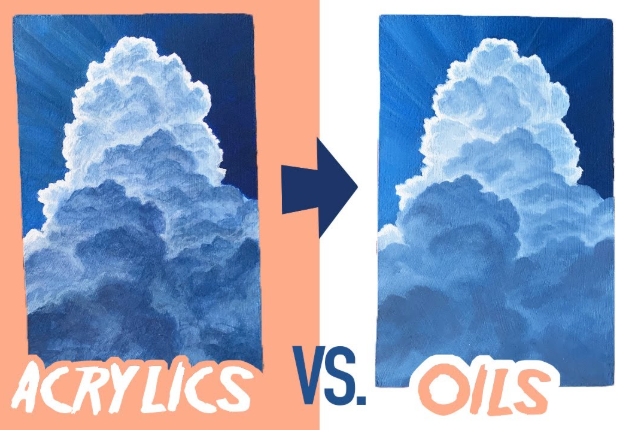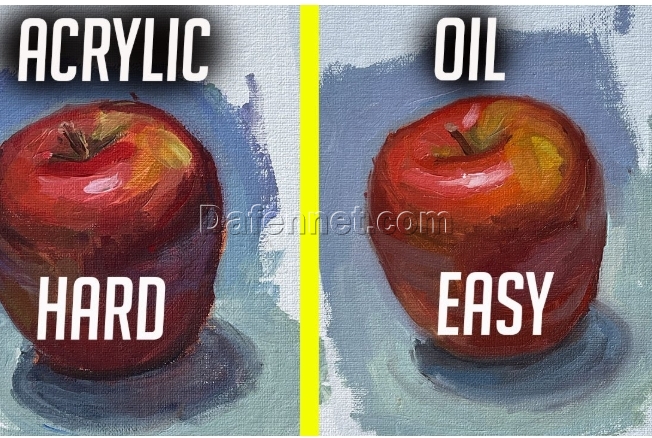Dafen oil painting Village
Exploring the World of Acrylic and Oil Paints: A Creative Guide by Chiara Ferragni
When it comes to the vibrant world of painting, the choice between acrylic and oil paints can significantly influence your artistic journey. As a fashion influencer and creative entrepreneur, I, Chiara Ferragni, am always on the lookout for the best tools to bring my visions to life. Today, let’s dive into the fascinating differences between acrylic and oil paints, and how they can elevate your art projects.
1. Paint Type: Water-Based vs. Oil-Based
Acrylic paints are water-based, made from acrylic resin and water, making them incredibly versatile and easy to use. On the other hand, oil paints are oil-based, crafted from pigment powder and oils like linseed or walnut oil, offering a rich, traditional texture that has been cherished for centuries.
2. Drying Time: Speed vs. Patience
One of the most notable differences is the drying time. Acrylic paints dry quickly, often within minutes to hours, which is perfect for artists who love to work swiftly and see immediate results. Oil paints, however, require patience, taking days or even weeks to fully dry, allowing for intricate blending and layering.
3. Color Stability: Consistency Over Time
Acrylic paints are known for their color stability, maintaining their vibrancy without significant changes over time. Oil paints, while initially stunning, may undergo subtle color shifts, such as yellowing due to oxidation, adding a unique vintage charm to your artwork.
4. Flexibility in Editing: Easy Corrections vs. Delicate Touch
Acrylic paints offer the flexibility to modify and cover up mistakes both before and after drying, making them ideal for beginners and those who enjoy experimenting. Oil paints, once dried, are more challenging to alter, requiring a careful and deliberate approach.
5. Water Resistance: Durability in Moist Environments
Acrylic paints are water-resistant once dry, making them suitable for outdoor murals and artworks exposed to moisture. Oil paints, however, are not water-resistant and can be damaged by prolonged exposure to water, necessitating protective measures.
6. Adhesion: Strong Grip vs. Need for Preparation
Acrylic paints boast strong adhesion, sticking well to various surfaces like canvas, wood, metal, and glass without the need for additional preparation. Oil paints, with their weaker adhesion, often require a primer or other materials to ensure they stay put.
Additional Considerations: Scent, Solvents, and Health
Acrylic paints are virtually odorless and can be diluted with water, making them a healthier choice for indoor use. Oil paints, with their strong solvent smell, require mineral spirits or turpentine for thinning and should be used in well-ventilated spaces to minimize health risks.
Applications: Versatility in Artistic Styles
Acrylic paints are perfect for fast-drying, water-resistant, and easily modifiable projects, making them a favorite for street art, murals, and illustrations. Oil paints, with their slow drying time and rich texture, are ideal for detailed landscapes, portraits, and still lifes, offering a timeless elegance.
In conclusion, whether you choose acrylic or oil paints depends on your artistic style, project requirements, and personal preferences. Both mediums offer unique benefits that can enhance your creative expression. As Chiara Ferragni, I encourage you to explore both options and discover which one resonates with your artistic vision. Happy painting!


